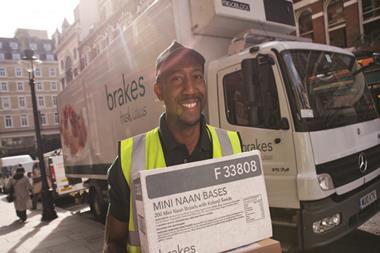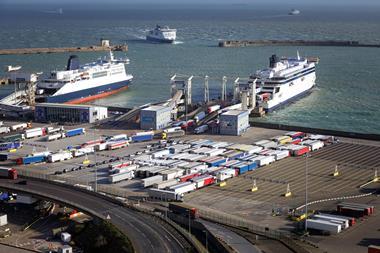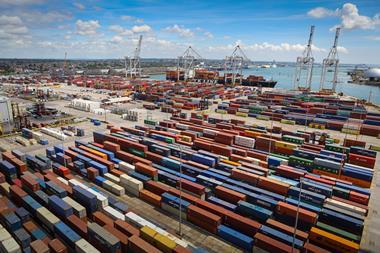
The out-of-home food market has slowed in the year since the Brexit referendum result, research from information company The NPD Group has revealed.
The group said that while visits after the June 2016 referendum [10-month period July 2016 to April 2017] were still 0.7% over the equivalent period a year earlier, this was slower than the 1.5% growth seen in the period before the referendum [January to June 2016 compared with same period the year before].
Visit growth to quick-service restaurants slipped marginally, with pre-referendum growth at 2.2% and post at 1.9%.
Full-service restaurants saw the most noticeable slowdown, from 3% to 2%.
The research revealed that consumers have started to drop the more expensive dinner occasion, which is down nearly 3% in visit terms. However, breakfast and lunch appear to be taking up the slack, with faster growth since the referendum than before.
Children were another casualty of the post-Brexit eating-out market, with a drop of more than 2% in visits by adults accompanied by children aged 17 and under.
It was not all bad news: contrary to the trend seen during the recession that began end of 2007, visits not involving a deal or promotion were still growing faster than promoted visits.
The research said this was a clear indication that consumers felt they were getting good value for money from British foodservice operators.
There was a note of caution, however, as it claimed that the perception of value might change if operators introduced large price increases to cope with strong inflation.
Despite fewer visits, there was no evidence that consumers were trading down and choosing lower-quality food and drinks. In fact, the number of visits where a consumer chose an outlet for its ‘quality’ has increased by 3% since the referendum. Inflation was evident in foodservice and had pushed the average bill per visit up by slightly more than 2%.
Less affluent consumers were showing the most caution over spending. Visits among the C2DE demographic dropped by nearly 1% in the 10 months from July 2016 to April 2017. Prior to the referendum, this demographic was recording growth in eating-out visits.
Cyril Lavenant, foodservice director UK at The NPD Group, admitted that there were “big challenges ahead”, with the weakness of sterling meaning foodservice operators would have to replace global sourcing with local sourcing. Inflation would prompt consumers to make savings and was expected to dampen demand for eating out. Tighter immigration rules would also make it harder for operators to hire staff.
“The British foodservice market has slowed since the Brexit referendum one year ago and the industry remains smaller than it was in 2009,” said Lavenant.
“However, the main message is that there is still growth and the industry is currently showing resilience. This is because operators have spent the past 10 years since the last downturn creating a lively and appealing foodservice environment that encourages consumers to keep eating out.”















No comments yet